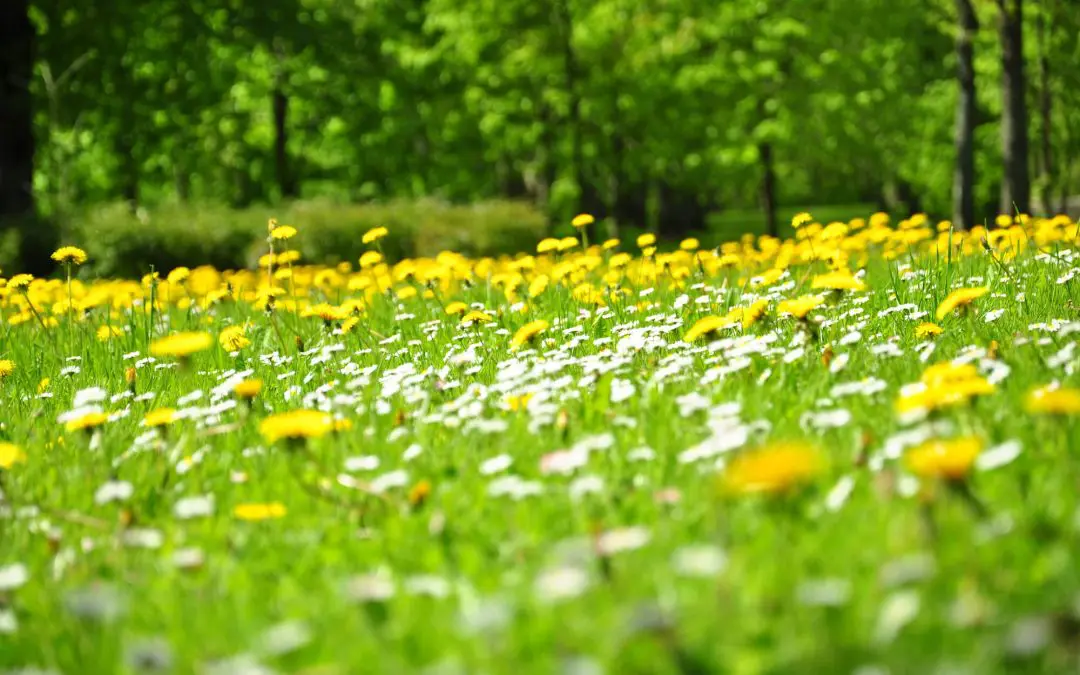If you’re tired of mowing, watering, and constantly battling weeds, you’re not alone. Traditional grass lawns require a lot of effort, and in many places, they aren’t the most practical option. Whether you want to save water, reduce maintenance, or create a more eco-friendly landscape, there are plenty of lawn alternatives that look great and are easy to care for.
Why Consider a Lawn Alternative?
Grass lawns are a staple in many neighborhoods, but they come with a long list of responsibilities. They require frequent watering, especially in dry climates, and need regular mowing, fertilizing, and aerating. Pesticides and herbicides are often used to maintain their lush green appearance, which isn’t great for the environment or your health. Plus, if you live in an area prone to droughts, keeping a grass lawn alive can be a costly and frustrating endeavor.
Lawn alternatives can significantly cut down on maintenance while providing an equally attractive outdoor space. Many options require little to no watering, reduce the need for chemicals, and support local wildlife by providing habitat and food sources.
Ground Covers: A Green Alternative to Grass
If you love the look of greenery but don’t want the hassle of maintaining a traditional lawn, ground covers are an excellent choice. These low-growing plants spread across the ground and create a lush, carpet-like effect. Some popular options include clover, creeping thyme, and moss.
Clover, for example, stays green all year in many climates, requires minimal watering, and even improves soil health by naturally adding nitrogen. Creeping thyme is another favorite because it releases a pleasant fragrance when stepped on and produces small purple flowers that attract pollinators. If you have a shady yard, moss is an easy-care solution that thrives without mowing or fertilizing.
Xeriscaping Lawn Alternatives: A Water-Wise Alternative
Xeriscaping is a landscaping approach that uses drought-tolerant plants, gravel, and decorative hardscapes to create a beautiful yard without excessive water use. This method is especially popular in arid regions where maintaining a traditional lawn is impractical.
Native plants, succulents, and ornamental grasses are commonly used in xeriscaping to create a visually appealing and low-maintenance landscape. These plants require little water and thrive in their natural environment, reducing the need for fertilizers and pesticides. Adding stone pathways, mulch beds, and decorative rocks can further enhance the look while keeping maintenance to a minimum.
Meadow Lawns: A Natural, Wildlife-Friendly Option
If you want to create a more natural, eco-friendly space, consider turning your lawn into a meadow. Meadow lawns use a mix of native wildflowers, ornamental grasses, and low-growing plants to create a soft, colorful landscape that requires little upkeep. Once established, they need minimal watering and mowing, typically only once or twice a year to keep them looking tidy.
Meadow lawns attract butterflies, bees, and birds, creating a mini-ecosystem in your yard. They’re a fantastic way to support local wildlife while reducing the time and money spent on lawn maintenance.
Making the switch from a traditional grass lawn to a low-maintenance alternative can save you time, money, and effort while benefiting the environment. With so many options available, you’re sure to find one that fits your needs and enhances the beauty of your outdoor space.
FAQs on Lawn Alternatives
Will a lawn alternative increase my property value?
In many cases, yes. Low-maintenance landscaping can be a selling point, especially in areas where water conservation is a concern. Thoughtfully designed alternatives like xeriscaping or artificial turf can enhance curb appeal and attract eco-conscious buyers.
Are lawn alternatives safe for kids and pets?
Absolutely! Many ground covers, such as clover and creeping thyme, are soft underfoot and safe for pets and children. Artificial turf is also popular for families because it provides a clean and durable play surface.
Do lawn alternatives attract pests?
Not more than a traditional lawn would. In fact, some options, like clover, can repel certain pests. If you’re concerned about bugs, choosing native plants that attract beneficial insects can help maintain a balanced ecosystem.
How do I choose the best lawn alternative for my yard?
Consider your climate, soil type, and how you use your outdoor space. Ground covers or artificial turf may be best if you want a soft play area. If water conservation is your priority, xeriscaping or a meadow lawn might be the way to go.
MN Pro Home Inspections provides inspection services in the Twin Cities and Western Wisconsin. Contact us to request an appointment.

